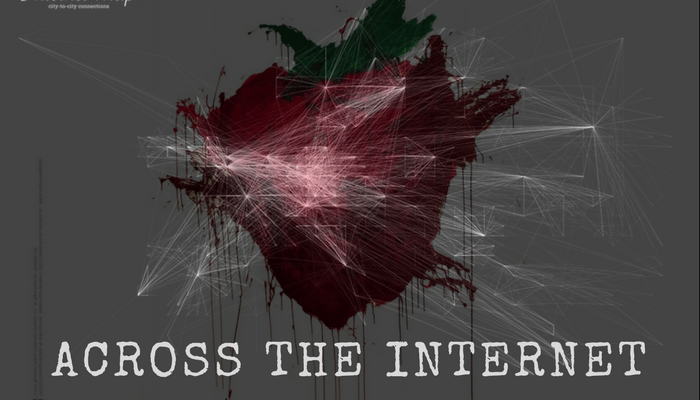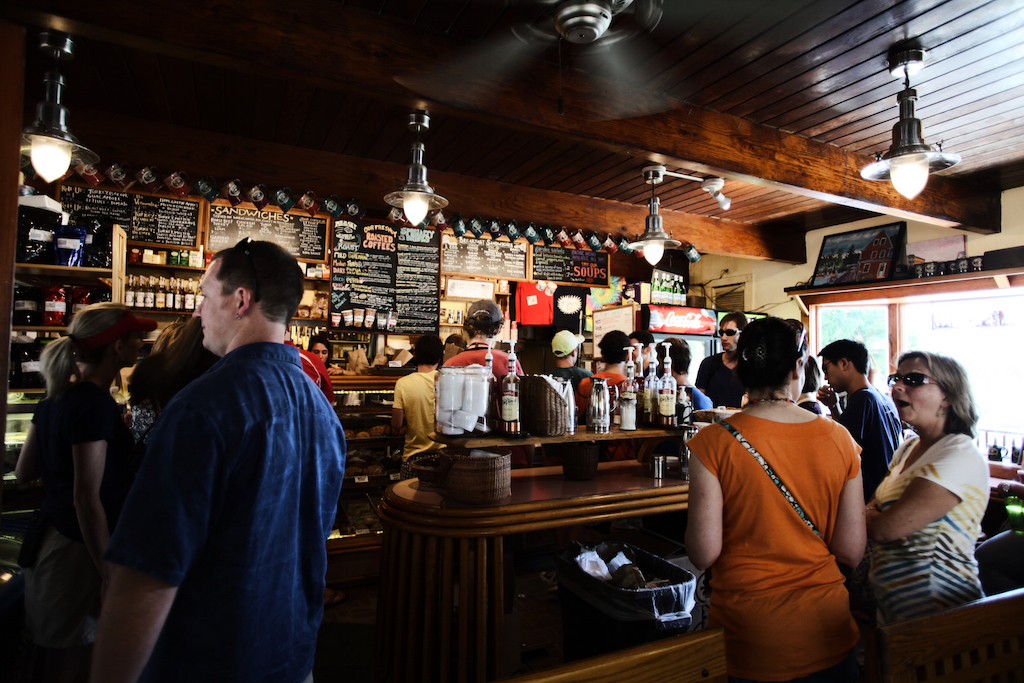Let’s talk about walled gardens, shall we? Brands realize the importance of being found digitally, and they’ve known this for quite some time now, but the fact of the matter is—instead of focusing on every website on the internet, businesses should emphasize the ten or twenty walled gardens where it truly matters. We conducted a comprehensive industry survey of more than 10,000 businesses confirming that brands are no longer being found through traditional media but rather on their digital profiles. And when it comes to these walled gardens, your customers are much more concerned with the depth of information that you provide on your digital profiles.
Walled Gardens and Your Online Presence
We reviewed meaningful traffic generated from several different sources on various devices to better understand which sites appeared when consumers search for a brand. What we’ve discovered is that there are a few sources that rake in the lion’s share of the traffic. These walled gardens include Facebook, Instagram, Google (Google My Business), and Snapchat. Other emerging semi-walled gardens include TripAdvisor and Yelp.
These are platforms that do not want users to be redirected to any other website or app, and encourage users to perform transactions before their session ends. This is where the depth of information starts to really make a difference to the brand. Consumers aren’t interested in profiles that provide nothing beyond some basic information about the business. They are looking to extend their user experience in one holistic setting that will answer their questions and move them through the buyer journey.
Ultimately, from the perspective of a retail owner, this means reevaluation is necessary. Brands need to stop thinking about how to get their information disseminated across the web. The new reality requires brands to focus their online presence on these high-traffic platforms that are relevant to their businesses, and provide more contextual information on each of these walled gardens depending on the nature of the platform.
For example, Instagram and Snapchat’s walled gardens are solely based on media. If you’re a business that doesn’t have a good media presence, you’re not going to be found on Instagram. Facebook emphasizes media and text. On Yelp, the basic premise is reviews, and thus, that’s the focus area for the brand. A site like TripAdvisor is built off a combination of reviews, tips, attractions, and content, and your brand needs to take care of all of these to not only be found, but also chosen.
It’s important that you understand each walled garden and then understand how to optimize within these walled gardens for best results. Brands can add more attributes and facets to Google My Business and Yelp, but the number of attributes managed on Facebook and Instagram are much more limited. The type of content varies. Each experience needs to be tailored based on the platform and its user base.
Once you master these, it’s up to you, the brand, to drive traffic to these sources as much as possible. The transaction will occur within the platform to keep from disrupting the users’ experience by requiring them to close the app and finishing the buyer’s journey elsewhere. This will help lead to higher conversions and a better overall customer experience.
Consolidating Your Online Presence
When you have too many sources, managing the information across them becomes problematic and cumbersome. When you have fewer sources, it’s no longer a challenge of merely managing your basic identity on all these platforms. It enables brands to not be overwhelmed with just the basics of having to keep basic information up to date. In addition, there’s another dimension: depth. If I’m a brand trying to drive tourists to my store in Manhattan, I’m now going to optimize my store profile for my Manhattan location during the particular period, in perhaps the summer, when it appeals to tourists. This means a new focus on depth, seasonality, and even the content that is synonymous to your overall strategy.
Before, brands wanted to be listed everywhere. Their focus on service design and in-store experience was controlled once a person entered the establishment. But now, brands need to control the experience before someone visits the store, and this experience needs to be personalized through the different channels they own and campaigns they run.
Optimizing Online Brand Presence
Businesses are seeing a requirement to change in the context of these walled gardens. Historically, brands outsourced their local marketing efforts to a third party, waiting for results to happen. A one-store restaurant may have had to hire a web designer, optimize that presence, get backlinks built toward that website, and the list goes on—the work wasn’t handled by the store owner.
But that was then. There’s been a wave of democratization that’s washed over the industry since then, and all of those previous tasks are now being dumbed down. You don’t have to have a professional developer to manage your website. You don’t need to build backlinks and worry about other complicated problems. Today, all you need to do is provide great service and support and participate in the ecosystem.
What does that mean for a business? Every time a customer has a great experience, ask them to take a picture and share it on social media. Respond to reviews (both positive and negative ones) on a regular basis, engage with happy customers in a positive way, and talk to detractors to try and change their opinions. Driving customer engagement is more important than ever, a task that now requires interactivity between the brand and the customers.
And businesses need to start thinking about adding extra value. Are small businesses really thinking, “I need to add interior photos to my digital profiles”? Not really. While users are adding media; brands simply aren’t. If brands participate in the dialogue, it will improve their discoverability. Most brands are guilty of this, in that they do not respond to questions or reviews or even messages on Instagram. But we’re seeing that brands do need to actively participate to amplify and help curate the content that is available publicly.
The bottom line is that the assets are changing. Once upon a time, your performance advertising assets were some sort of landing page, so you had to optimize your ad copy and keywords, splice into metrics and dimensions, and target a page you controlled to drive results. But now, the page you send traffic to is no longer yours. Therefore, as a brand, you need to be spending considerable time and effort on the profiles that you don’t control so your consumers find you and have a good user experience while they do so. This process can be intimidating, but there are resources available to simplify the process.
Focus on Online Content as a Whole
There’s still a huge gap in consumer search behavior and business discoverability. Brands also need to be mindful that it’s important to focus on more than just text content. Human beings were once pausing to read text, but we’re not doing that anymore. Humans don’t read email as much as they’re used to. Humans don’t read a paragraph of text on Facebook. Instead, we’re deriving context from an image, a three second video on TikTok, or something on Instagram or Snapchat. This is how consumer behavior works today, and businesses need to adapt to it.
What we’re seeing across platforms with an emphasis on several walled gardens extends to how we at Synup are now operating within our partners. We are actually shifting from trying to expand into more volumes of partnerships into going deeper with our partners to make more of a meaningful impact. Fortunately, smart marketers are looking at this already: depth, not breadth, is how businesses can maximize their online presence and make a significant impact on the ecosystem.


